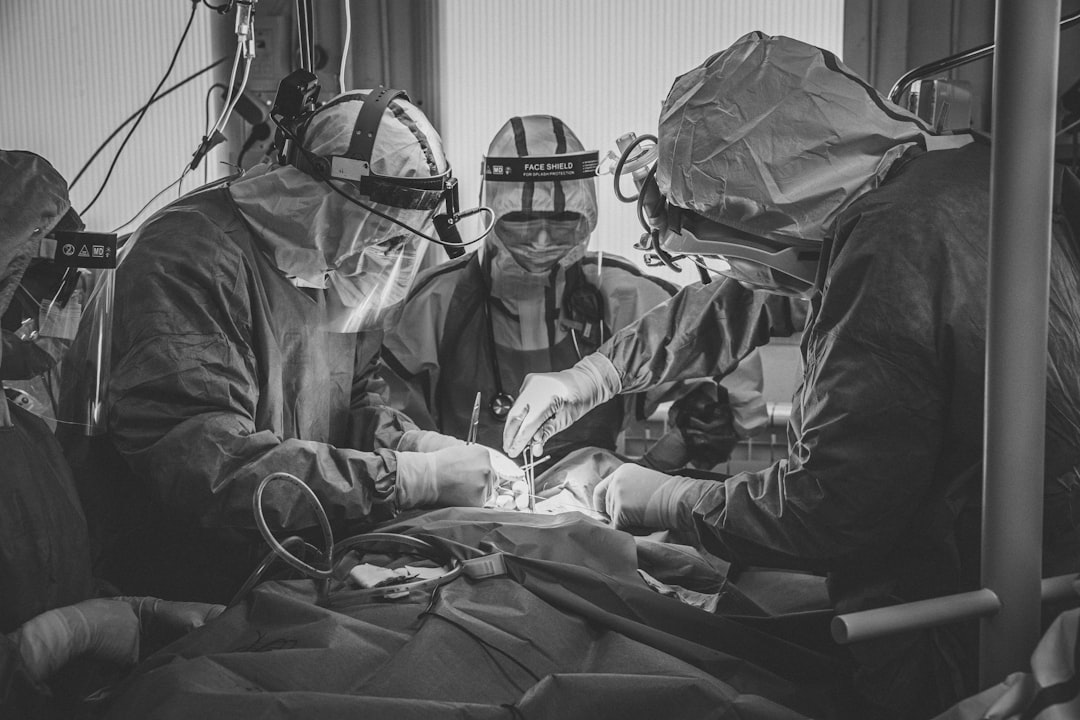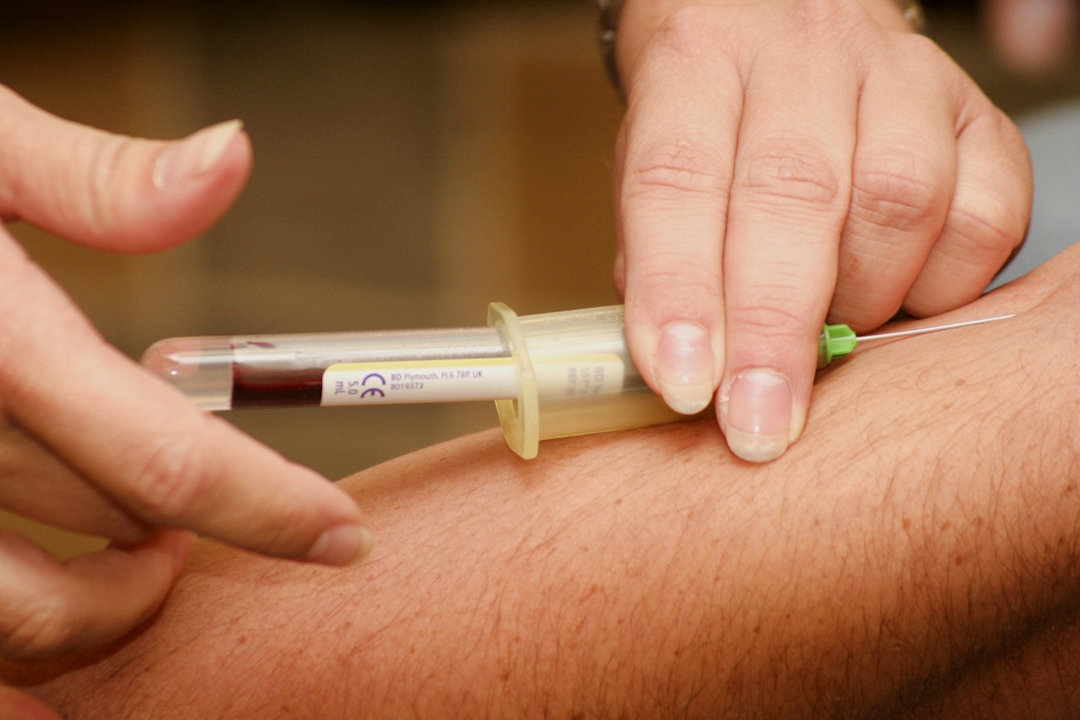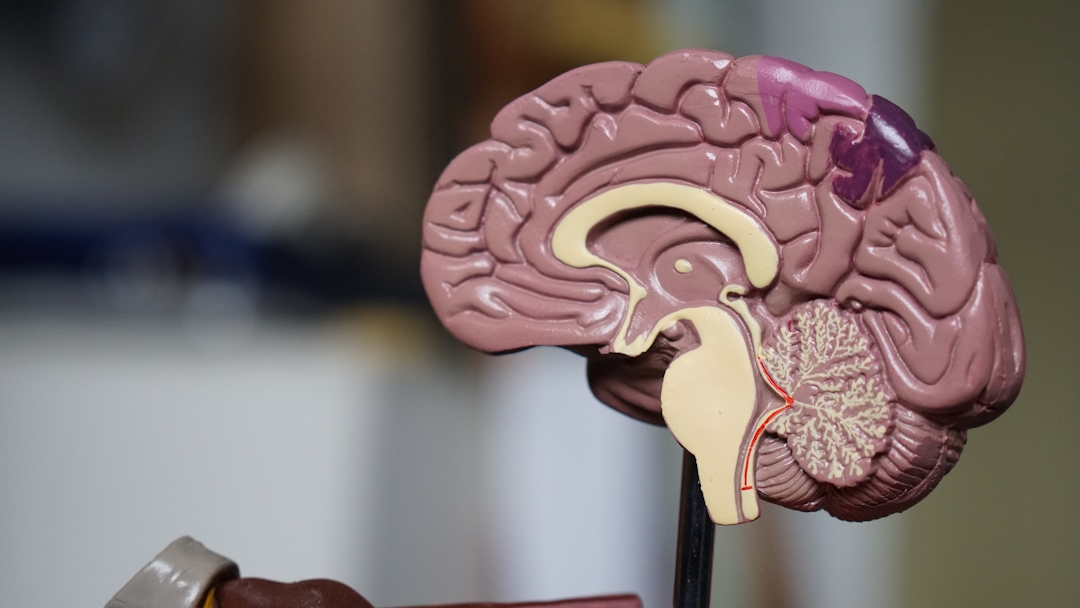
The History of Anesthesia from Ancient to Modern Times
Explore anesthesia's journey from ancient herbal remedies to cutting-edge techniques, revolutionizing pain management in medicine.

Audio Summary
Key Takeaways
- Anesthesia evolved from ancient herbs to modern techniques
- Ether discovery in 1846 revolutionized surgical procedures
- Advanced monitoring and equipment enhance patient safety
- Personalized anesthesia approaches are being developed
- Continuous research improves pain management and patient outcomes
Anesthesia has come a long way since ancient times. It started with simple herbs and basic methods to dull pain. Now, it's a key part of modern healthcare. Let's explore how anesthesia has changed over the years. In the early days, people used plants like opium and alcohol to help with pain during medical procedures. These methods weren't perfect, but they were a start. As doctors learned more, they found better ways to help patients. The big breakthrough came in the 1800s with the discovery of ether as an anesthetic. This changed surgery forever. Patients could now be completely unconscious during operations. It was safer and more comfortable for them. Today, anesthesia is very advanced. Doctors use different types for different needs. There's general anesthesia for big surgeries and local anesthesia for smaller ones. Anesthesiologists use high-tech equipment to keep patients safe. They mix different drugs to get the best results for each person. Anesthesia isn't just for surgery anymore. It helps with pain management in many areas of medicine. It allows doctors to do complex surgeries and helps patients recover faster. As medical science grows, so does anesthesia. This means even better care for patients in the future. The story of anesthesia shows how far medicine has come. It's a great example of how science and care for patients work together to make healthcare better.

The Evolution of Anesthesia
Anesthesia has ancient roots that go back to early civilizations. People have long tried to find ways to manage pain during medical treatments. Let's look at how anesthesia started and grew over time.
In ancient Egypt, healers used a mix of herbs and alcohol to make people unconscious. They found that certain plants could ease pain and help people sleep when eaten or put on the skin. In ancient China, they used acupuncture and herbs to numb parts of the body.
Greek and Roman doctors tried different things to relieve pain during surgeries. They often used opium from poppies because it was good at stopping pain. They made a special 'sleep sponge' with opium, mandrake, and other herbs soaked in water. They put this sponge over a patient's nose and mouth to make them sleep deeply.
As time went on, people learned more about managing pain. In the Middle Ages, alcohol became a common anesthetic, often used with herbs. Monks in European monasteries, who often took care of the sick, made complex herbal mixes to ease pain and help healing.
These early methods weren't perfect, but they showed how people always tried to find ways to stop pain during medical treatments. Each era added to our understanding of pain management, leading to what we know today.
The big change came in the 1800s when doctors discovered ether could be used as an anesthetic. This changed surgery completely. After that, anesthesia improved quickly, with new drugs and better ways to give them.
Today, anesthesia uses the latest technology and medicine. Doctors who specialize in anesthesia use many different drugs and machines to keep patients safe and comfortable during medical procedures. They keep working to make anesthesia even safer and better at managing pain for all kinds of patients.

How Anesthesia Transformed Medicine
The discovery of ether as an anesthetic changed medicine forever. In 1846, a dentist named William T.G. Morton showed how ether could be used during surgery. This event, called 'Ether Day,' happened at Massachusetts General Hospital and started a new era in pain control.
Ether worked well to make patients unconscious and stop pain during surgery. Doctors could now do longer and more complex surgeries without causing too much suffering. But ether had problems too. It could catch fire easily and made patients feel sick afterward. So, doctors kept looking for better options.
Soon after, in 1847, James Young Simpson found chloroform. It worked faster than ether, which many people liked. But it also had safety issues, so its use decreased over time.
As doctors learned more, they created new drugs and methods. In the early 1900s, they started using drugs given through veins. This allowed them to control anesthesia better. In the 1950s, they developed safer gases for patients to breathe during surgery.
Today, we have many different anesthetics. Doctors choose the best one for each patient and surgery. These new drugs are safer and let doctors do surgeries that were impossible before.
Modern anesthesia uses advanced equipment to watch patients closely during surgery. This makes surgery much safer. Doctors can also use special techniques to numb just one part of the body. This often helps patients recover faster and need less pain medicine.
Researchers are always working to make anesthesia even better. They're looking at new ways to deliver drugs and manage pain without medicines. They're even studying how to tailor anesthesia to each person's genetic makeup.
As medicine keeps improving, anesthesia will too. This means safer surgeries, more comfort for patients, and better healthcare overall. The story of anesthesia shows how medicine keeps getting better to help people in new ways.

From Early Innovations to Modern Precision
Anesthesia has come a long way, becoming a highly specialized field of medicine. Let's look at how it has improved over time.
In the early 1900s, doctors started using special machines to control the mix of gases and oxygen given to patients. This made anesthesia much safer and more effective.
Technology has played a big role in making anesthesia safer. In the 1970s, new tools were invented to watch patients' oxygen levels and breathing during surgery. These tools, along with heart monitors and blood pressure checks, are now used in all operating rooms.
Doctors also found ways to numb just one part of the body, like with epidurals or nerve blocks. These methods are great for some surgeries and often help patients recover faster with less pain.
New drugs have been developed that work faster and wear off quicker. This means doctors can control anesthesia better and patients can wake up faster after surgery.
Computers and artificial intelligence now help manage anesthesia too. They can help with drug dosing and watch for any problems during surgery.
To make things even safer, there are now strict training programs and checklists for anesthesia doctors to follow. This has made anesthesia much safer than it used to be.
Today, doctors are working on personalizing anesthesia for each patient based on their genes and body. They're also finding new ways to manage pain that don't rely so much on strong painkillers.
Telemedicine is helping too. Anesthesia specialists can now give advice and help monitor patients from far away. This is really helpful for people in remote areas.
Researchers keep working to make anesthesia even better. They're developing new technologies to watch patients during surgery, safer drugs, and better ways to manage pain. All these improvements mean safer surgeries, better outcomes for patients, and the ability to do more complex medical procedures.

Conclusion
Anesthesia has come a long way since its early days. It's a great example of how medicine has improved over time. Let's look at how far it's come and where it's going. Anesthesia started with simple herbs and basic methods in ancient times. The big change came in the mid-1800s with the discovery of ether. This made surgery much safer and less painful. Since then, doctors have found even better ways to keep patients comfortable during medical procedures. Today's anesthesia is very advanced. Doctors use special machines and monitors to keep patients safe. They can control how deeply a patient sleeps and manage pain very precisely. This allows for all kinds of surgeries that weren't possible before. Anesthesia isn't just about making people unconscious anymore. It helps with pain management in many areas of medicine. It's a key part of modern healthcare, making many treatments possible and more comfortable for patients. Scientists are always working to make anesthesia even better. They're looking at ways to tailor it to each person's body and genes. They're also exploring new ways to deliver drugs and manage pain without medicine. In the future, we can expect anesthesia to become even safer and more effective. Computers and artificial intelligence will play a bigger role in monitoring patients and helping doctors make decisions. We'll probably see new techniques that help patients recover faster and with less pain. The story of anesthesia shows how medicine keeps improving to help people. As it gets better, doctors will be able to do more complex procedures and help patients in new ways. This means better care and outcomes for people needing medical treatment. Anesthesia has changed a lot since it began, and it keeps getting better. It's an exciting field that will continue to make big differences in healthcare and patient comfort in the years to come.
References
- The Evolution of Anesthesia: From Ancient Roots to Modern Comfort. Steel City Anesthesia. 2024-01-03. https://steelcityanesthesia.com/2024/01/03/the-evolution-of-anesthesia-from-ancient-roots-to-modern-comfort/
- History of general anesthesia. Wikipedia. https://en.wikipedia.org/wiki/History_of_general_anesthesia
- History of Anaesthesia. World Federation of Societies of Anaesthesiologists. https://wfsahq.org/about/history/history-of-anaesthesia/
- History of Anesthesia. Wood Library-Museum of Anesthesiology. https://www.woodlibrarymuseum.org/history-of-anesthesia/
- Medical Milestones: Discovery of Anesthesia & Timeline. University of Medicine and Health Sciences. 2015-11-11. https://www.umhs-sk.org/blog/medical-milestones-discovery-anesthesia-timeline

Related Blog Content

From Ancient Remedies to Modern Marvels: Medicine's Epic Journey Through Time
Explore medicine's fascinating evolution, from ancient healing practices to cutting-edge treatments, and the pioneers who shaped healthcare.
Read More
AI in Medicine: Transforming Diagnostics and Treatment Planning
Explore how AI revolutionizes medical diagnostics and treatment plans, enhancing accuracy and personalization in patient care.
Read More
Discover Aromatherapy: Essential Oils for Holistic Healing and Relaxation
Explore how essential oils can enhance well-being and relaxation through the power of aromatherapy in holistic healing.
Read MoreReady to optimize your biology?
Nutritionaly is free to start. Build better habits, unlock insights, and watch your Bio-Score rise.